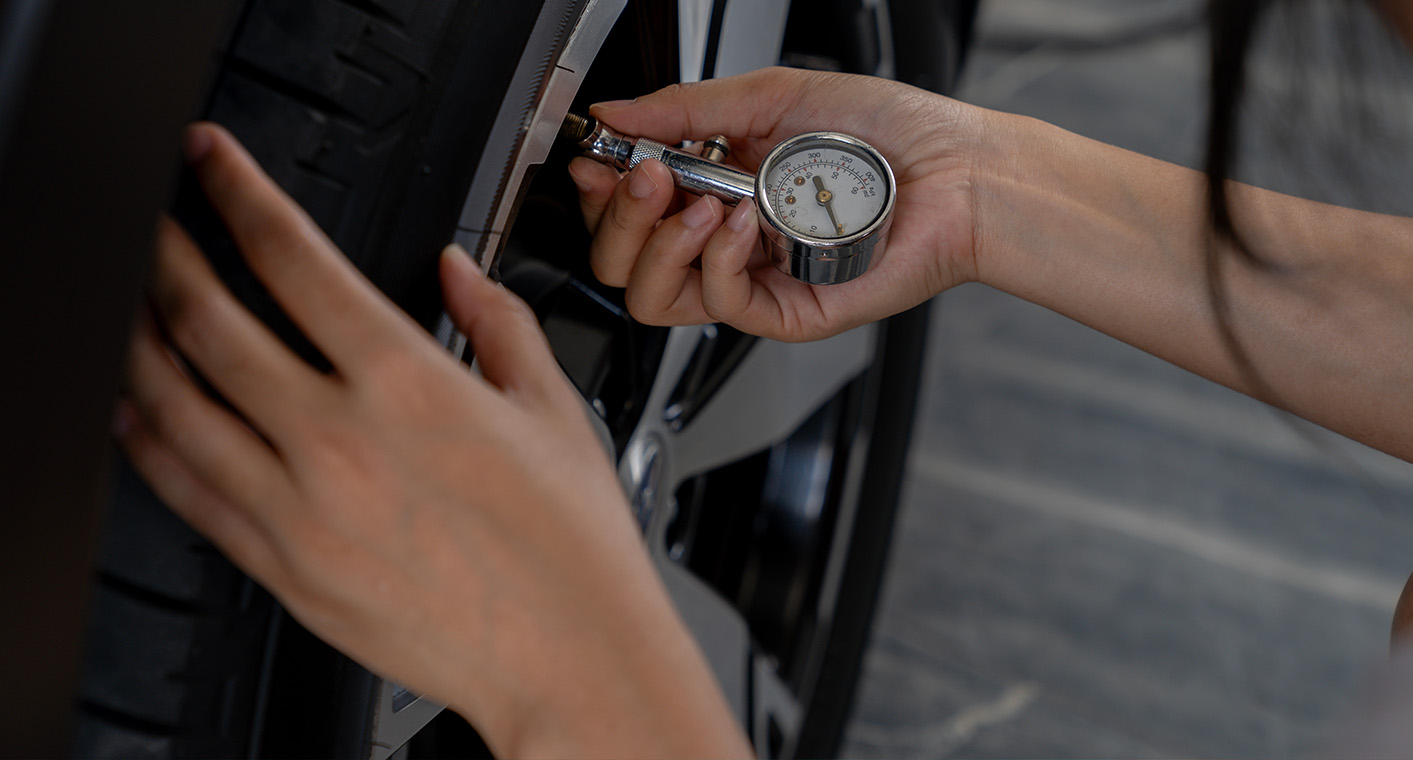

The right tire pressure ensures your vehicle operates at its best, while incorrect pressure can compromise safety, handling, and efficiency. Low pressure increases the tire’s contact with the road, leading to higher rolling resistance and quicker wear. On the other hand, high pressure reduces the contact patch, which can affect traction and make the ride less comfortable.
Low Pressure: Reduces fuel efficiency, causes uneven wear, and increases braking distances.
High Pressure: Reduces traction, accelerates tread wear, and results in a harsher ride.
Proper pressure is especially important for car tires as they directly affect safety, comfort, and fuel consumption.
Finding the perfect tire pressure for performance depends on your vehicle type, load, and driving conditions. Most manufacturers recommend a specific PSI (pounds per square inch) for tires, which is usually listed in your vehicle’s manual or on a sticker inside the driver’s door.
Driving Conditions: City driving, off-road adventures, and highway cruising may require slight pressure adjustments.
Load Weight: Heavier loads often demand higher pressure to maintain stability.
Seasonal Changes: Cold weather can reduce tire pressure by about 1 PSI for every 10°F drop in temperature.
Checking your tire pressure monthly ensures that it stays within the recommended range, especially before long trips.
It might seem logical to think that higher pressure could boost performance by reducing rolling resistance, but the reality is more complex. Overinflated tires can create safety issues and reduce comfort, as the smaller contact patch decreases grip and traction.
Pros: May improve fuel efficiency slightly by reducing rolling resistance.
Cons: Reduces traction, causes uneven wear (center of the tire wears faster), and increases braking distances.
For optimal tire pressure performance, stick to the manufacturer’s guidelines. Deviating too far from the recommended levels can negatively impact your vehicle’s performance and safety.
Tire pressure significantly influences how your vehicle handles, brakes, and consumes fuel. Regularly checking and maintaining the correct pressure ensures that your tires last longer and perform safely under all conditions. For the best results, invest in high-quality car tires that are designed to handle various pressures and deliver top performance.
With the right balance of pressure and quality tires, you’ll enjoy a safer, more efficient, and comfortable driving experience. Whether you’re commuting daily or heading on an adventurous road trip, maintaining the perfect tire pressure is a simple yet impactful way to enhance your vehicle’s performance.